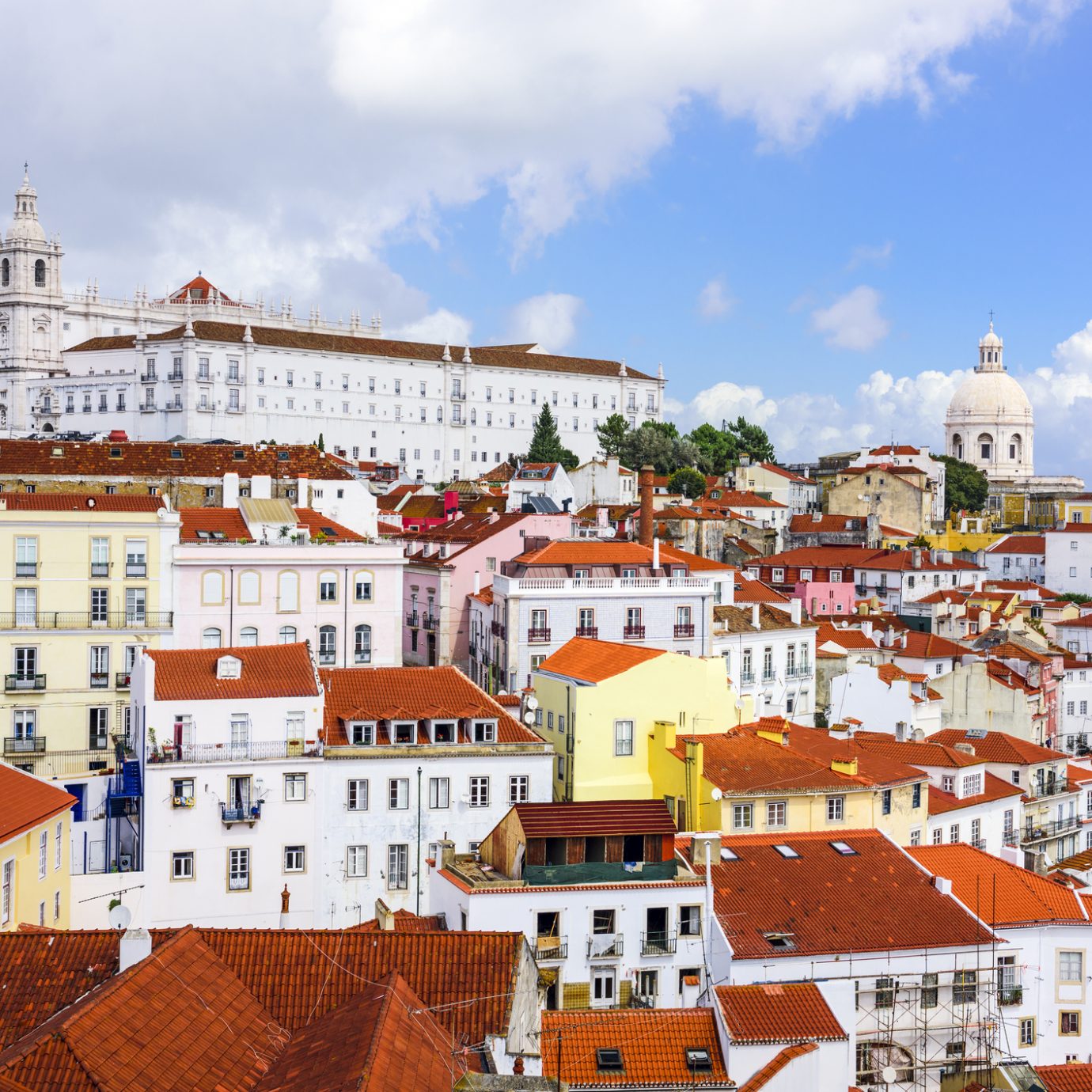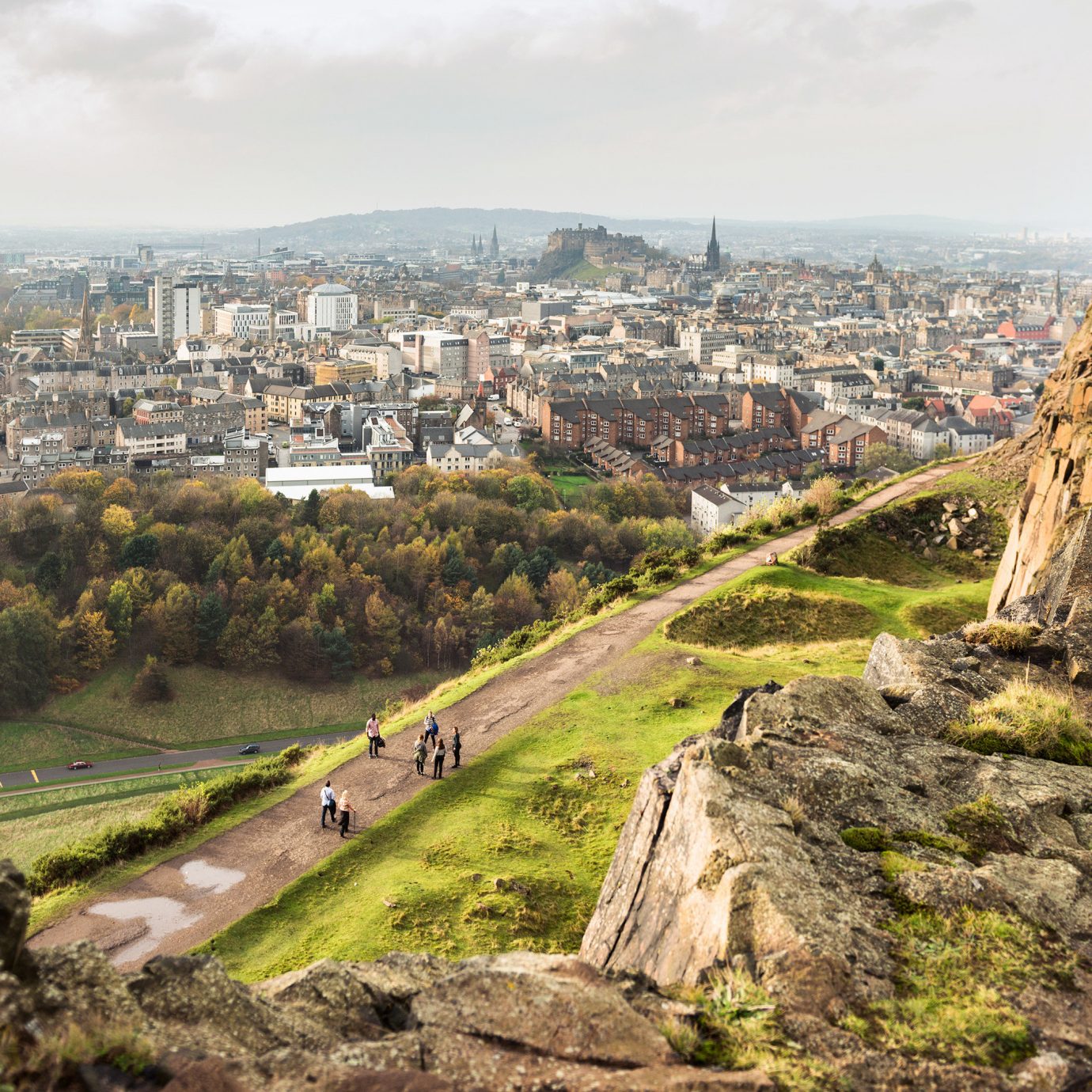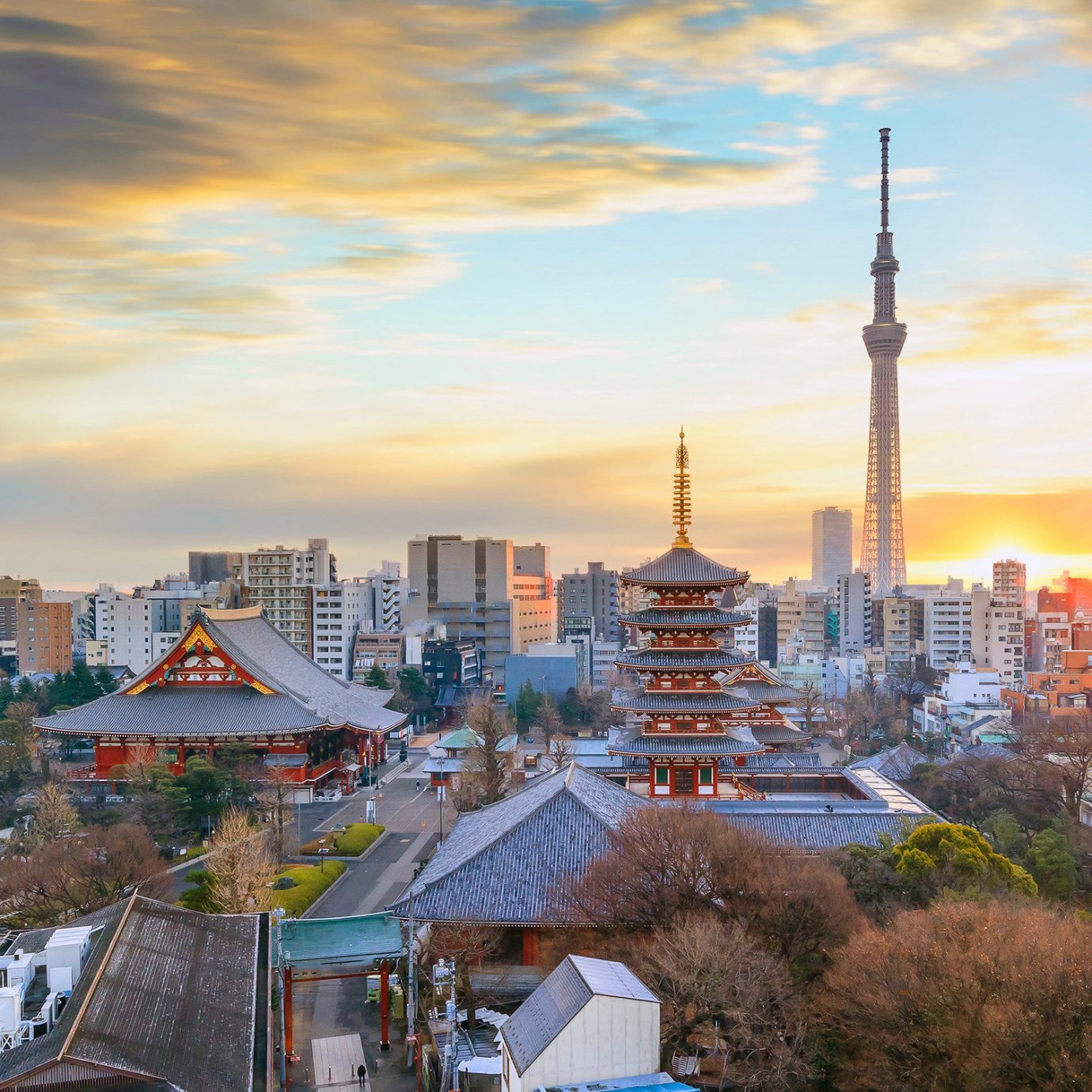Animal Encountered
Alex Pasquariello is rendered speechless by the magnitude of the Great Migration while on safari in Tanzania
I’ve been directed by my family to photograph all baby zebra, but surveying the plain before us, I’m beginning to wonder if there will be enough room on my memory card to capture a fraction of the foals, let alone the grandeur of the pageant unfolding as far as the telephoto lens can see.
It’s New Year’s Eve and Kiki, our expert guide, has driven us over the eastern edge of Tanzania’s Serengeti National Park into the Ngorongoro Conservation Area. He turns off the road and rambles onto a vast expanse so we can say kwahiri to 2012 alongside some of the two million wildebeest, Burchell’s zebra and Thomson’s gazelle that followed the rains here from Kenya’s Masai Mara.
While wildebeest calve in February, zebra give birth in December, Kiki informs us. Interspersed between the countless grazing wildebeest, fuzzy, brown-striped foals amble awkwardly on spindly limbs, always close to their mothers. The little guy pictured is probably four weeks old, Kiki guesses with a glance, braking so I can focus my shot on mare and foal. He stares at us for a moment, but this image captures the only attention his mother pays us. Maybe she’s been gawked at before, but we—and our green Toyota Land Cruiser—surely are the first non-ungulates junior has encountered. I hope he finds us as wondrous as we do him.
By now, he’s probably grown into those long legs thanks to the nourishment of the southern Serengeti’s short grass, and his stripes should be completely black. I hope he has been eating up, because he has a long journey ahead of him. Starting in April he’ll move northwest, following the crowd to even greener pastures, and by June he’ll find himself on the banks of the Grumeti River, teeming with hungry Nile crocodiles. If he makes it across he’ll stomp north where the Masai Mara’s bounty will sustain him. Come October, the storms will gather over the Serengeti again and he’ll almost be old enough to strike off south on his own when the Great Migration carries on as it has for … ever. Talk about an epic trip.
Witnessing this ancient cycle, if only for this sliver of its splendor, is one of those experiences pregnant with such devastating consequence and wonder that I’m left without words—or photos, really—to adequately convey its beauty or magnitude. Travel’s power to render us speechless is the best reason to explore our world, so go out and find your own indescribable, completely bewildering experience in East Africa or any of these amazing destinations.
Golden Triangle, Thailand
Far from Phuket’s beachy debauchery and Bangkok’s bustle, Northern Thailand and the Golden Triangle — the borderlands along the Mekong River where Laos, Burma and Thailand converge—is as authentic a slice of Southeast Asia as remains. The region’s quaint hill tribe villages, ancient temples and lush jungles are easily accessed from the North's largest city, Chiang Mai. Check out Mae Sai, Thailand’s northernmost point, to peer across the gurgling stream at Burma; farther southeast in Sop Ruak you can look out over the Mekong at Burma and Laos or meditate at the 1,200-year-old Wat Phrathat Phu Khao temple. Sleep: It's proximity to Thailand's bountiful heartland makes Chiang Mai a foodie fave and it's best experienced from the 30-suite boutique 137 Pillars House in a sprawling 19th-century teakwood bungalow. The ancient city of Chiang Saen is ringed by temple ruins and home to Anantara Golden Triangle, a 160-acre resort on the Mekong that doubles as a preserve protecting Asian Elephants.
Maldives
This Indian Ocean island nation comprises 26 coral atolls that rose up as reefs ringing ancient volcanoes long ago swallowed by the sea. Balmy, blue jewel-toned lagoons and bone-white beaches define this paradise, and while you could easily spend everyday sprawled out on the sand, these islands are a diver's dream with crystal-clear waters and pristine coral reefs. Among the spectacular underwater sites is Broken Rock, literally a broken rock creating a 6-foot-wide canyon covered in soft coral, and HP Reef, where caves and overhangs teem with leaf fish and schools of silver jacks and bat fish. Nassimo Thila is a reef cherished by divers for its stunning soft coral-wrapped, 80-foot pinnacles frequented by barracudas and moray eels hunting reef fish. Sleep: The only resort on Emboodhu Finolhu (Three Coconut Island), Taj Exotica Resort & Spa is the palm-fringed paradise of your dreams with thatch-roofed overwater villas, personal butlers and an herbal-based spa.
Wrangell-St. Elias National Park, Alaska, U.S.A.
Four mountain ranges — the volcanic Wrangells, the Alaska, the Chugach, and the coastal St. Elias — and more than 150 glaciers converge in this 13 million-acre wonderland pierced by just two winding dirt roads. One of those roads terminates in the quirky mining town of McCarthy, the last bush community inside a national park. The town is bracketed by towering peaks and on the edge of the Root and Kennicott glaciers. Strap on the crampons and explore deep ravines cut by glacial streams that cascade into the glacier's icy depths. A dazzling waterfall tumbles off of Donoho Peak, separating the two glaciers; rising beyond it, the perennially snowcapped, 16,390-foot Mount Blackburn is one of the park’s most spectacular volcanic massifs. Sleep: The 35-room Kennicott Glacier Lodge is a replica of the mining buildings from the area's copper boom circa 1910. It’s on the edge of the wild and fronted by the otherworldly Root Glacier, but has all the comforts of home.
Galapagos Islands, Ecuador
These volcanic islands rise from the Pacific at the confluence of three ocean currents creating a melting pot of flora and fauna isolated from the mainland—and humans—for millions of years. The astonishing animals that evolved here are unlike any others in the world, from the diminutive Galapagos penguin (the only penguin that lives north of the equator) to the rare rosada land iguana, a pink and black-striped wonder that wasn’t discovered until 1986 and is only found on Isabela Island’s Wolf Volcano. The king of these isles (and their namesake) is the gargantuan Galapagos tortoise, which can grow to more than 500 pounds and live more than 100 years. This may be as close to seeing a dinosaur as you’ll get—millions of years ago these tortoises were found throughout the world, but today they're only found here and on the Indian Ocean's Aldabra Atoll. Sleep: The über eco-friendly Galapagos Safari Camp is the first tented camp on the islands, immersing guests in the natural wonders of Santa Cruz, home to the Charles Darwin Research Station working to protect and breed the cherished tortoises.
Cuzco, Sacred Valley and Machu Picchu, Peru
Spectacular mountains and a fascinating history of cultures colliding makes Peru’s Andes a must for mountain men and history buffs alike. In the 14th century, before the arrival of Spanish conquistadors, the Inca ruled the largest pre-Columbian empire in the Americas from their capital in Cuzco, where striking ruins are topped by colonial churches. The Urubamba River rages down a verdant valley held sacred by the Inca for its ability to sustain their empire, and today many of the villages, including Ollantaytambo, remain frozen in time. From the train station at Ollantaytambo hop on the PeruRail to Machu Picchu, a 12-acre royal compound of temples atop a rocky peak that was mysteriously abandoned and never sacked by the Spaniards. The countless photos you’ve seen don’t do the site justice; don’t miss the short-but-strenuous hike to the top of Huayna Picchu, from which views of the ruins below are mind blowing. Sleep: Orient Express has your Andes adventures sorted. In Cuzco, Hotel Monasterio is housed in a 1595 monastery built on the site of an Inca palace. In the Sacred Valley, Hotel Rio Segrado is an eco-chic hillside sanctuary with 21 luxe rooms and a spa. Machu Picchu Sanctuary Lodge is the only hotel just outside the gates of the "Lost City of the Inca."
Torres del Paine National Park, Chilean Patagonia
On South America’s southern tip between the Andes and the Patagonian Steepe, this breathtaking national park is one of the world’s last truly wild lands, a 935-square-mile expanse of towering peaks, barren plains, primordial forests, icy glaciers and shimmering lakes. Hiking in park’s deciduous Lenga forests, filled with trees twisted and gnarled by the elements, is otherworldly, or you can go back in time in the Mylodon Caves, named after the well-preserved remains of a prehistoric giant sloth discovered inside. Trekking to the base of the park’s iconic namesake is another must for the fit. The 9-hour (round-trip) hike ascends through forests and over rocky moraines before depositing adventurers at the foot of the sharp granite spires flanked by massive mountains. Sleep: In a converted factory on a remote coastal stretch of Puerto Bories just outside the park, Singular Patagonia is a 57-room design hotel receiving international accolades for meticulously preserving and incorporating the old factory’s massive Victorian machinery into the modern fabric of the building.
Comments
All products are independently selected by our writers and editors. If you buy something through our links, Jetsetter may earn an affiliate commission.
Become a Jetsetter.
Use our insider connections to know where to go and what to do.
By proceeding, you agree to our Privacy Policy and Terms of Use.
Thanks for Signing Up!




